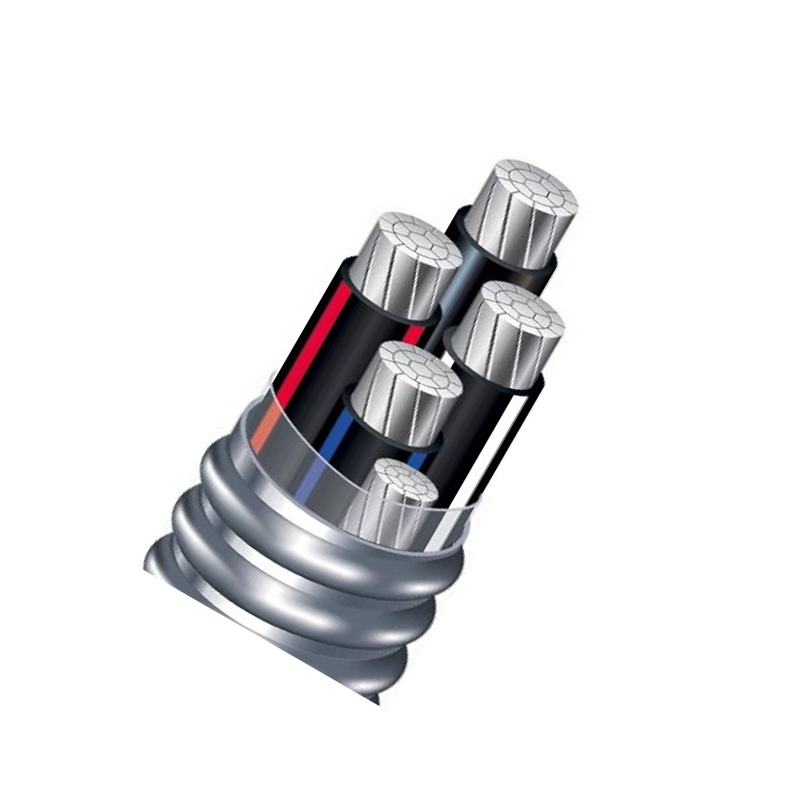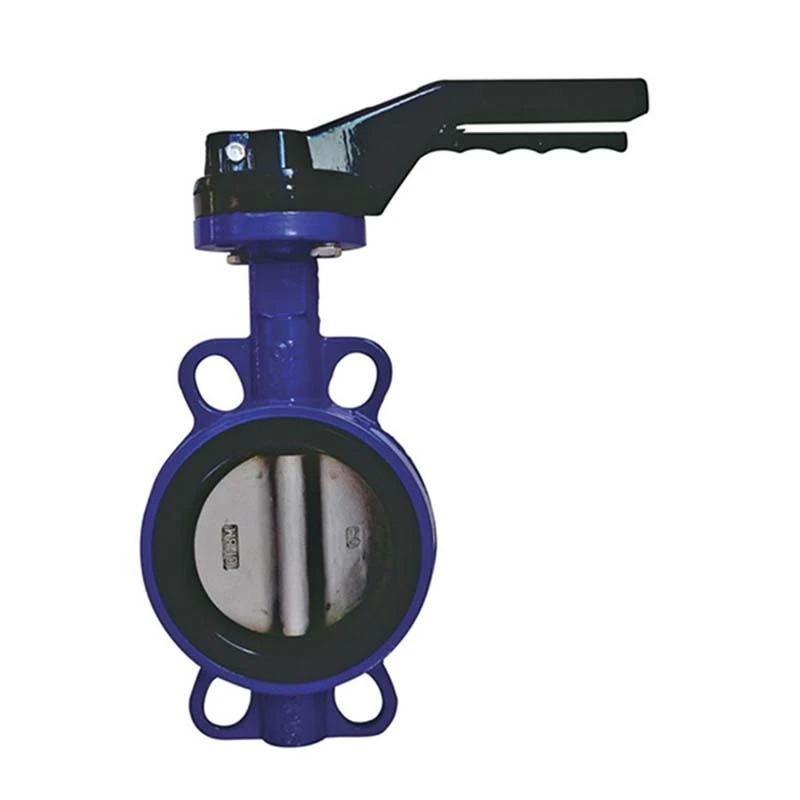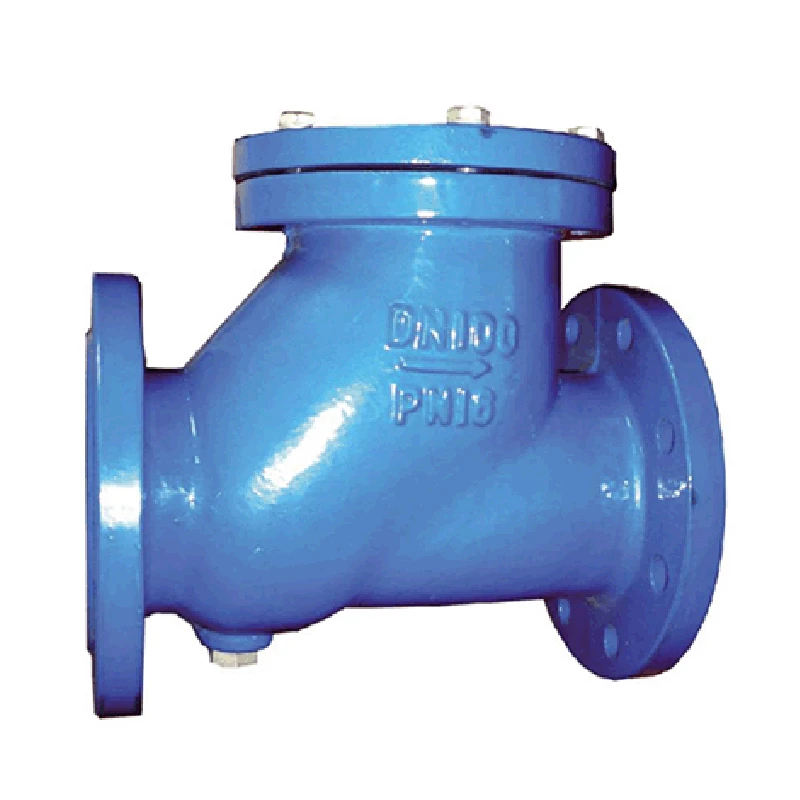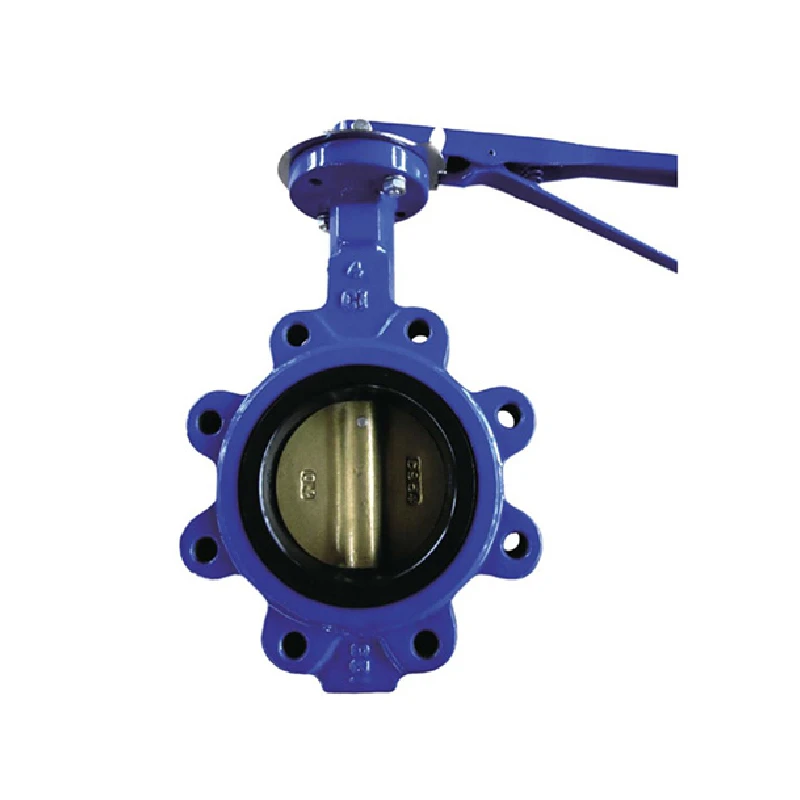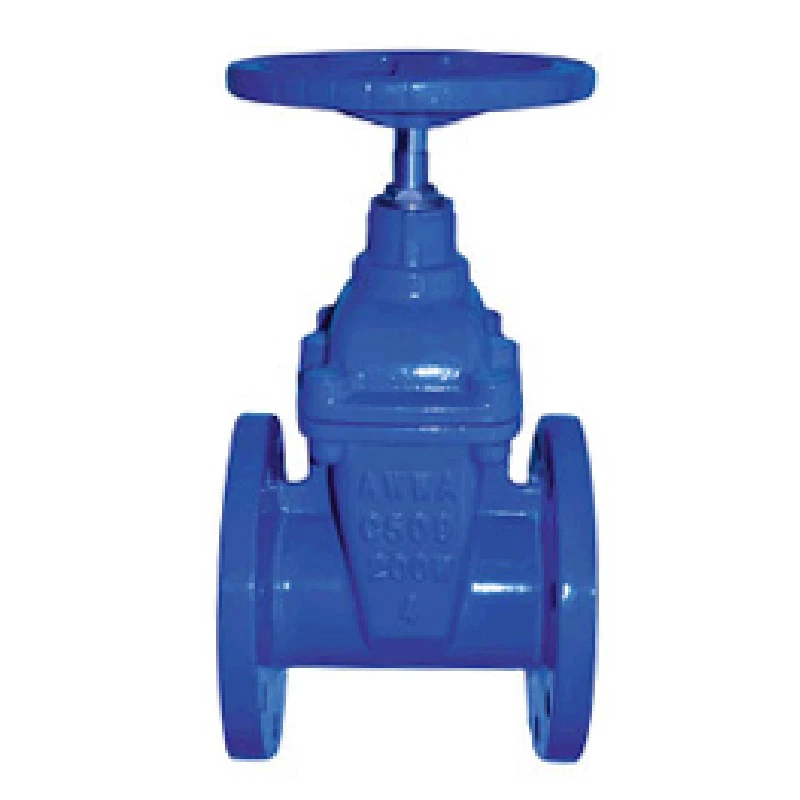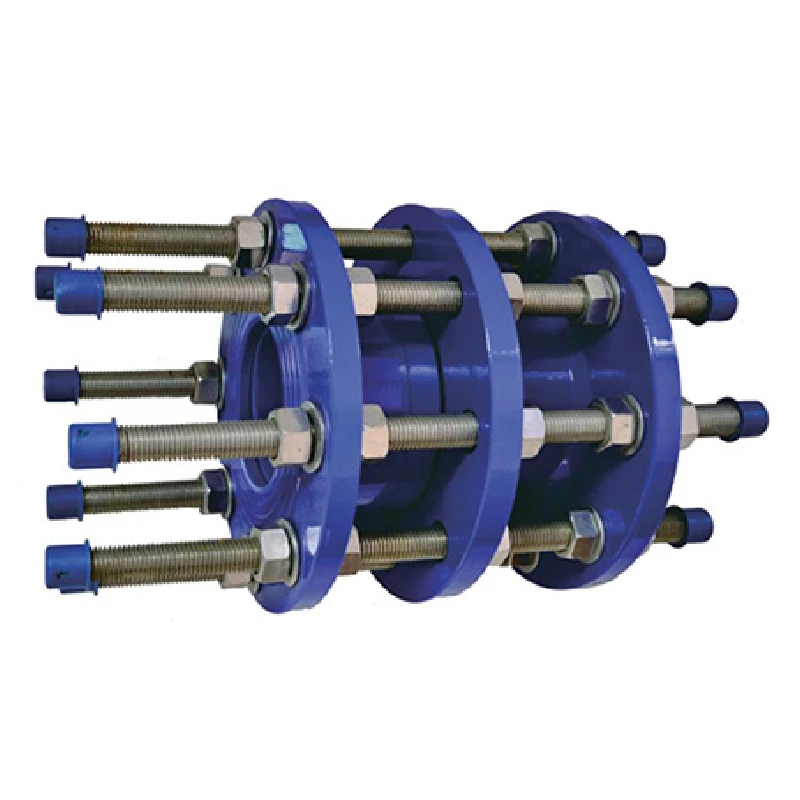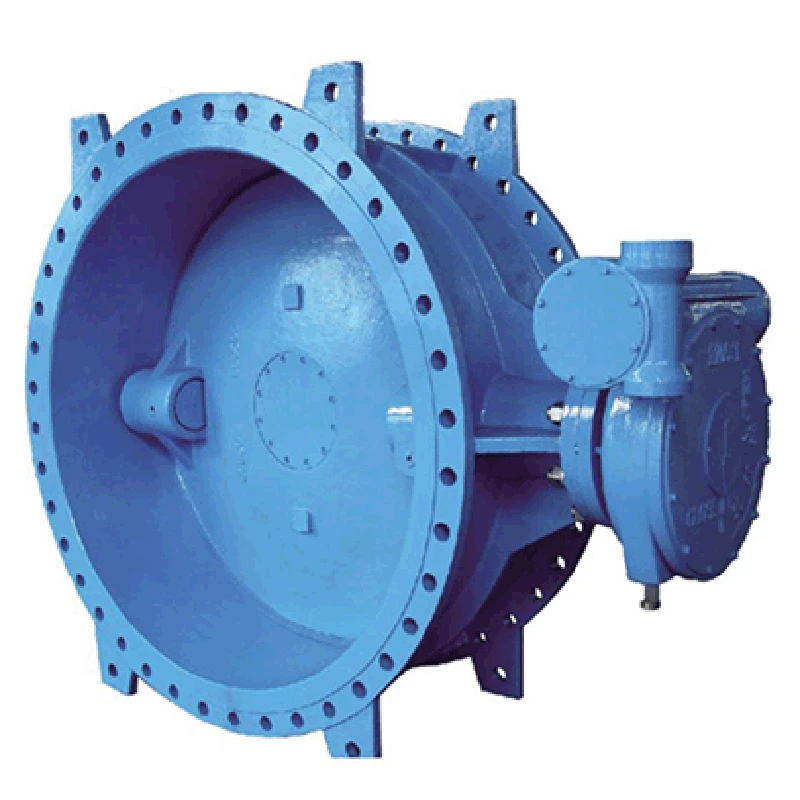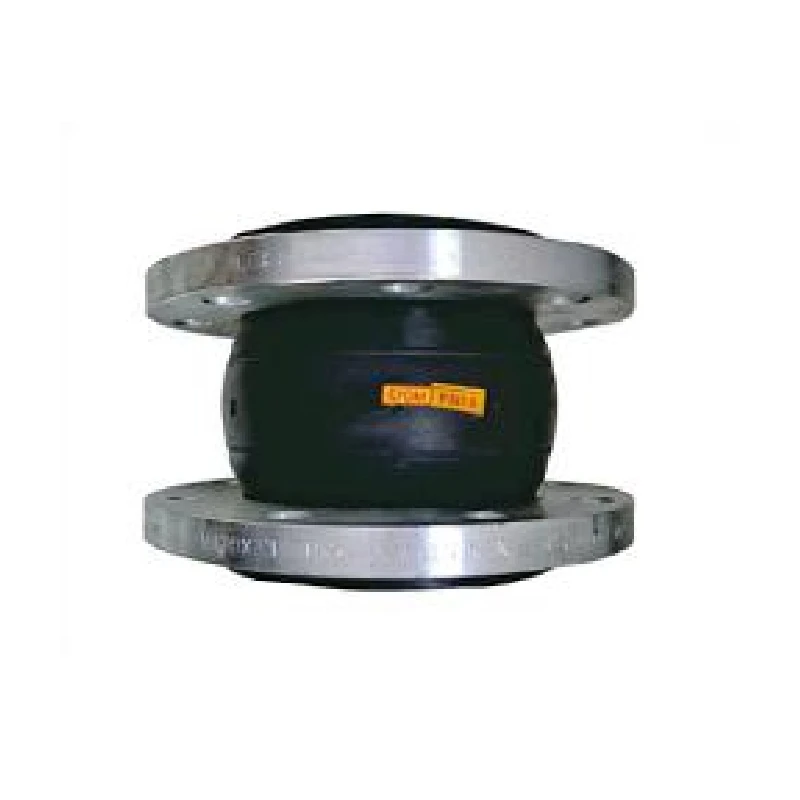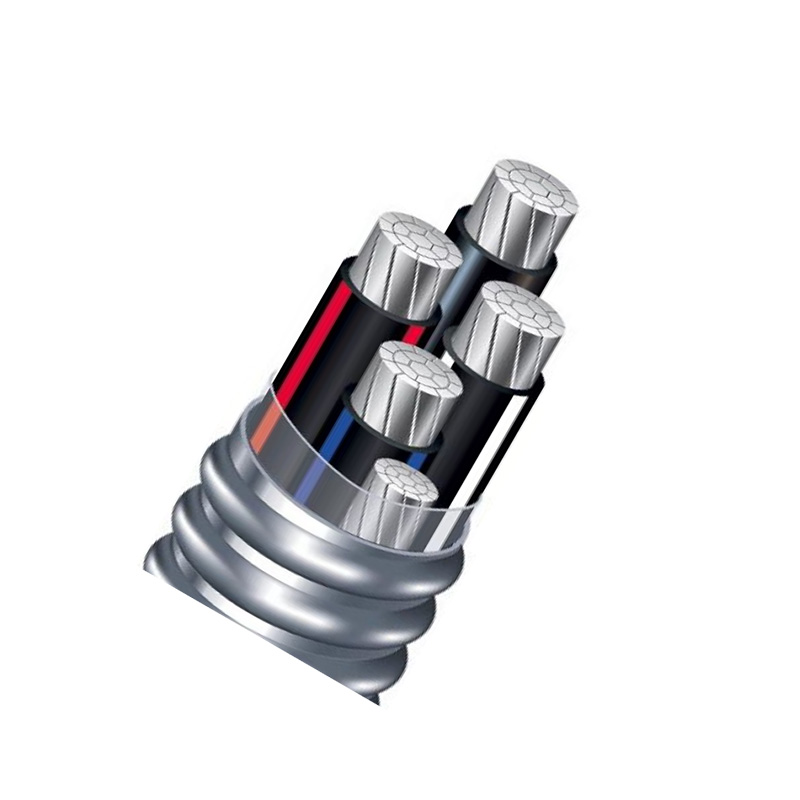
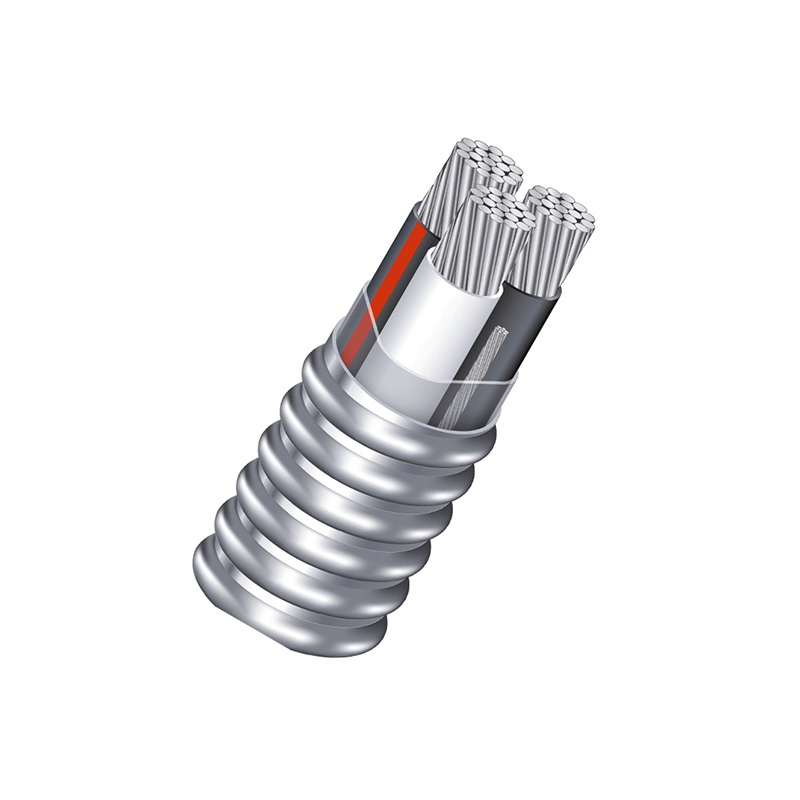
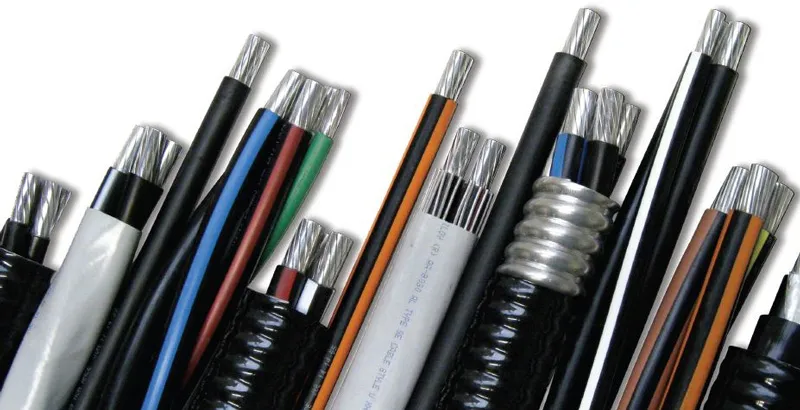

In fact, over the years, aluminum has largely displaced copper conductors for these functions and has become the standard material for use in power transmission and distribution. If you’ve ever wondered why there’s no copper in the air, it’s because aluminum is the superior choice in every way. For starters, aluminum features twice the ampacity per pound as copper. In addition, it’s lighter, more flexible, and more corrosion-resistant. And it’s much more cost-effective.
As an example, if you’re an electron going all the way from say, for long distance power transmission, on the grid – you’re going to use the aluminum power highway. Thanks to a specially engineered aluminum alloy, Mingda feeder and service entrance cables now make it possible for commercial and residential users to enjoy the same reliability and economic advantages as power utilities.

- 50% lighter than copper per pound
- 25% more flexible than copper
- easier and quicker to install
- similar conduit fill as copper for amps delivered
